From its aesthetic appeal to its added protection from outdoor elements, vinyl siding has become one of the most favored exterior solutions for homeowners. But eventually, you may come to a point where this covering needs replacing – either due to damage or simply because you’re yearning for an updated appearance. Fortunately, transforming your home by replacing vinyl siding doesn’t have to be overwhelming; with proper planning and tenacity, you can do it easily! In this post, you’ll get a closer look into what’s needed when switching out aged vinyl siding.
Contents
- 1 What Makes Vinyl Siding An Efficient Option?
- 2 Signs Your Vinyl Siding Needs Help
- 3 Tips For Replacing Vinyl Siding
- 4 Assessing The Extent Of The Damage
- 5 Choosing The Right Materials
- 6 Removing The Old Siding
- 7 Preparing The Wall
- 8 Installing The Started Strip
- 9 Installing The Vinyl Siding
- 10 You’re Ready To Start Replacing Vinyl Siding On Your Home!
What Makes Vinyl Siding An Efficient Option?
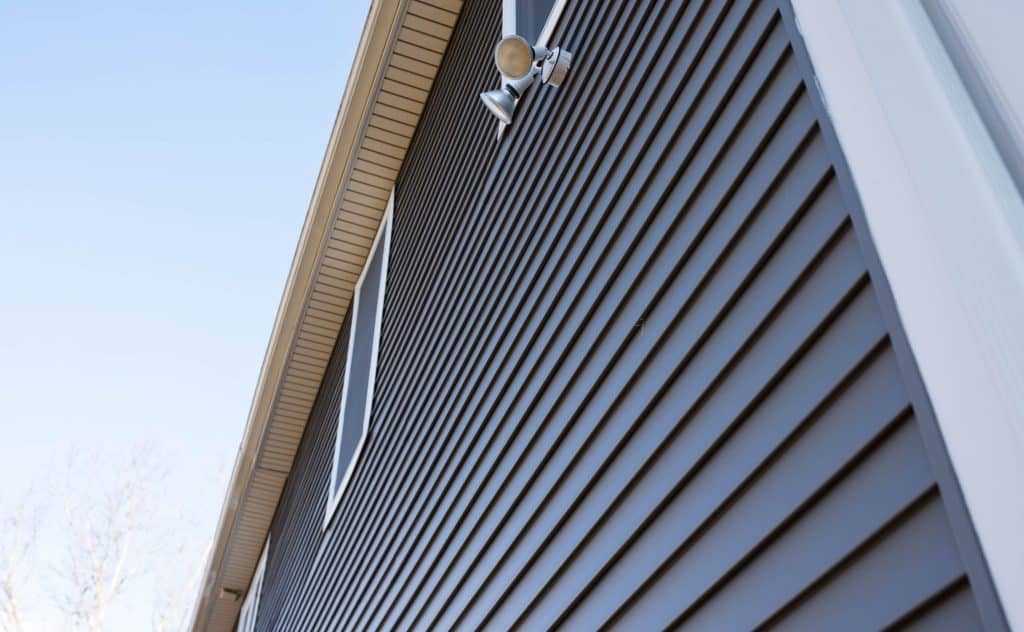
Vinyl siding offers many features, such as excellent flexibility, resistance to weather damage, durability, and a lower cost when compared to more traditional options like wood. This type of siding can also reduce energy bills by providing an extra layer of insulation to the walls of a building. Additionally, vinyl siding requires little maintenance or upkeep; just a simple wash or spray-down annually requires no painting or caulking like traditional forms of exterior cladding such as brick or stone.
Aside from its practical and cost advantages, vinyl siding gives homeowners the creative freedom to choose from various textures and colors that can dramatically enhance the look of any residence. From luxurious gloss finishes to faux beadboard styles, vinyl siding provides numerous opportunities to make a house stand out amidst others in its neighborhood.
Signs Your Vinyl Siding Needs Help
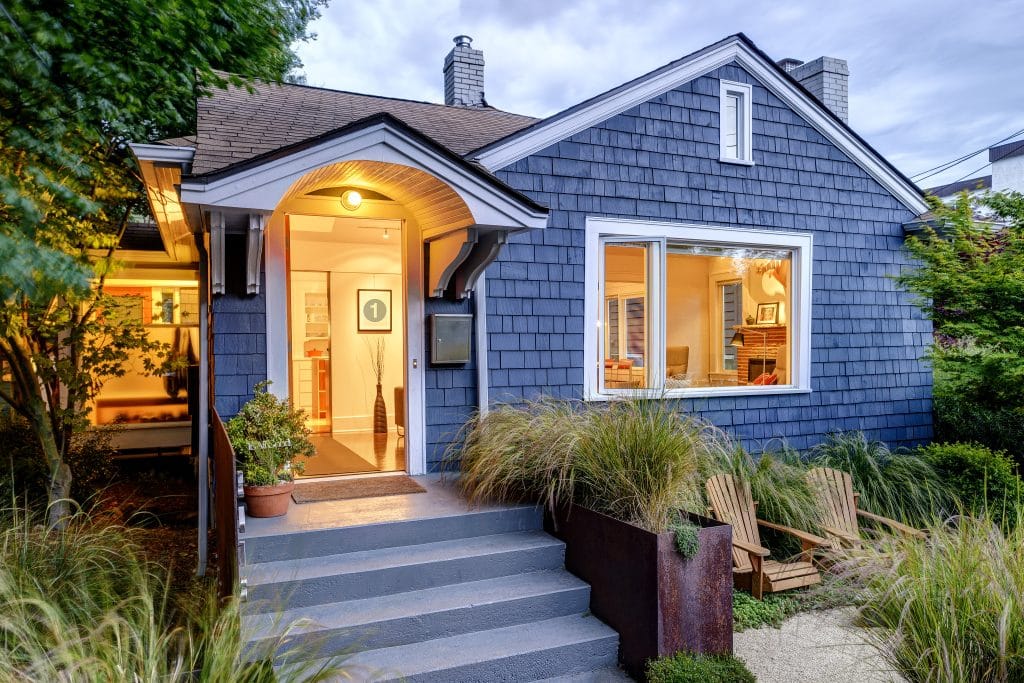
Keeping an eye on the condition of your siding is essential for protecting the exterior of your home from the elements and improving its overall appearance. As with any feature of your home, certain indicators indicate that your vinyl siding may need attention. Cracks, holes, or loose pieces are telltale signs that it’s time to call in the experts.
Additionally, start to notice discoloration or mold on your siding. These can be signs of water intrusion, and active steps should be taken to ensure long-term quality. Fortunately, addressing these issues early can bring preventative maintenance benefits and shield your investment in vinyl siding.
Tips For Replacing Vinyl Siding
If you find that your vinyl siding needs to be replaced, there are a few things you should keep in mind if you decide to undertake the project yourself. The following tips can help you get started:
Assessing The Extent Of The Damage

Before getting started, it is essential to assess the extent of the damage. Typically, the main culprit of damaged vinyl siding is water trapping, leading to mold, mildew growth, and breakage between the panels during expansion and contraction. It is crucial to inspect the area closely to determine if portions can be salvaged or must be replaced before beginning to work on the installation to save time and resources.
Whole sections will need replacing when there is evidence of rotting wood underneath or when more than 25% of boards are affected; however, minor repairs such as patching cracks or holes can usually be completed without an entire replacement. All in all, assessing the damage before any renovation on vinyl siding will keep costs low and ensure that your home remains secure from further weather infiltration.
Choosing The Right Materials
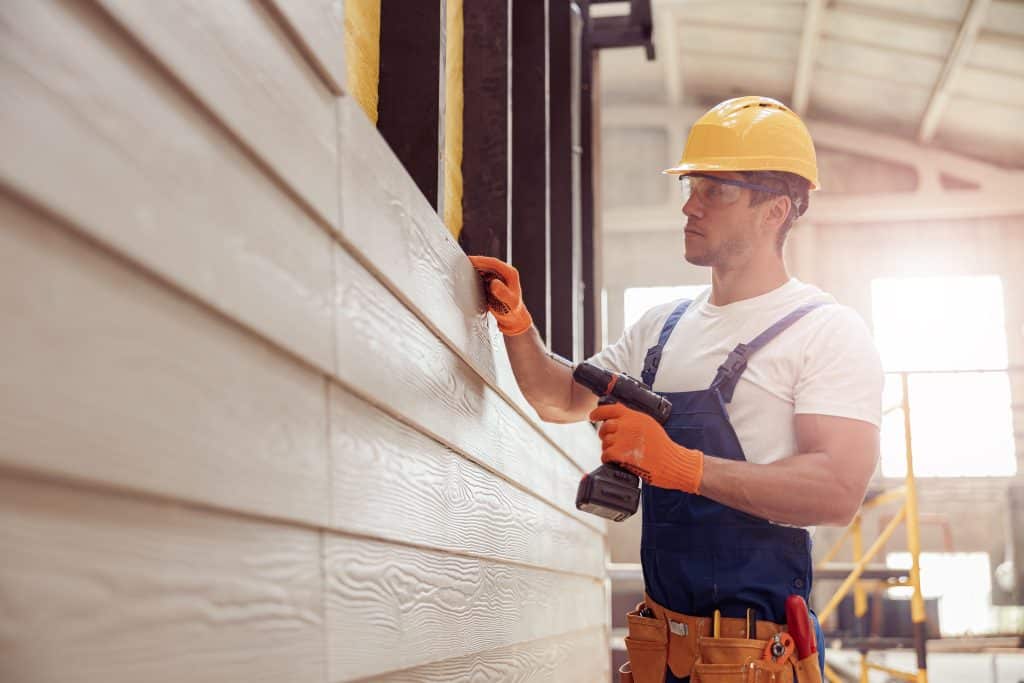
The quality of the material you choose to use can determine how long a replacement will last and how much money and time you may need to invest in repair and maintenance. When selecting a new siding material, it is critical to consider the local climate conditions, building occupancy rates, and cost of materials. Vinyl siding tends to be the least expensive option but requires frequent cleaning due to the accumulation of dirt and oil from air pollution. Choose products that require little or no maintenance for long-term durability.
Additionally, research materials are best suited for extreme weather conditions such as high winds, intense humidity, and heavy rains. Ultimately, selecting the right materials for your vinyl siding replacement can save money in the long run through greater durability and fewer repairs.
Removing The Old Siding
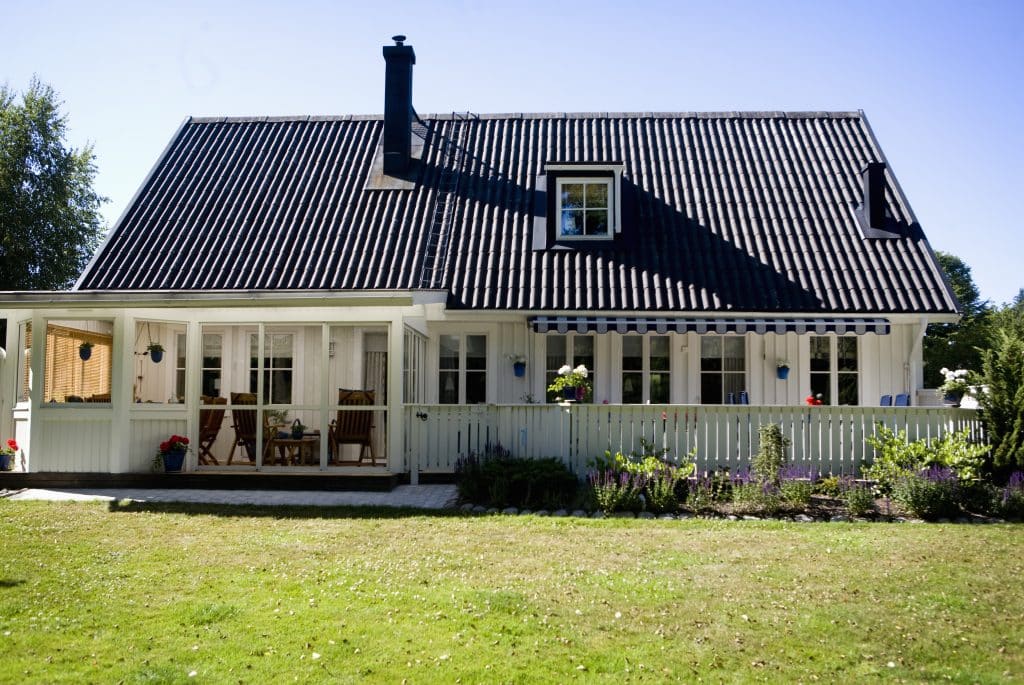
One of the more challenging parts of replacing vinyl siding is removing the old siding, as it must all be removed to start fresh. Luckily, there are some best practices that can make this job much easier and ensure that you remove your old siding without damaging building materials underneath. Start by removing loose pieces with a flat bar and then cutting off the nails holding the siding in place.
Wear safety glasses and gloves when working on old siding, as nails may become loose or sharp pieces may fly out during removal. Then, you may need to use a heat gun to loosen up the adhesive that holds the siding together. After this, you can pry it off and dispose of it under local waste regulations.
Preparing The Wall
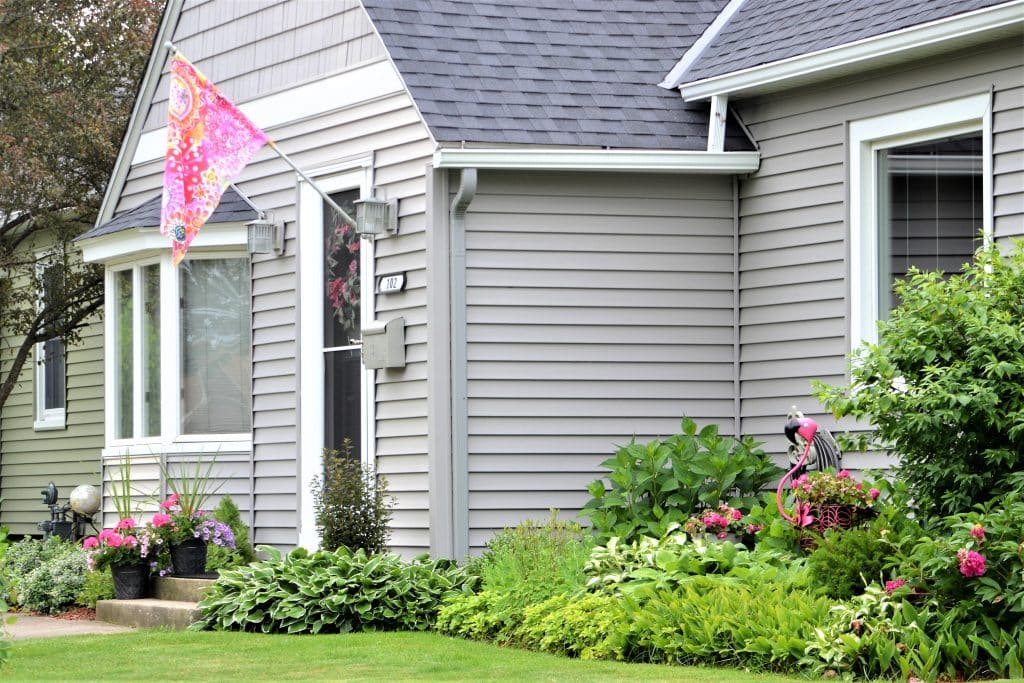
Once you have removed the old siding, it is essential to make sure that you prepare the wall for installation before proceeding. To ensure proper adhesion and long-term performance of your new vinyl siding, fill any holes in the wall with caulk or foam insulation and coat over any bare wood with a primer to help prevent rot and water infiltration.
It is also a good idea to check for any plumbing issues in the wall before beginning installation. Things like clogged vents, missing seals on openings, or faulty gaskets can affect the performance of your siding and should be addressed as soon as possible.
Installing The Started Strip

Installing the starter strip is essential for proper installation, providing a secure foundation for your vinyl siding. Start by measuring an area at least two inches down from the top of the wall and then cutting the starter strip to size. Attach with galvanized nails, ensuring they are secure but not too deep to prevent splitting the wood.
From there, you can use a level to ensure your starter strip is even. Remember that if your wall is uneven, you may need to use a larger starter strip to ensure that your siding fits properly. And if you find any gaps where the starter strip meets the wall, use foam insulation to fill them in before moving on.
Installing The Vinyl Siding
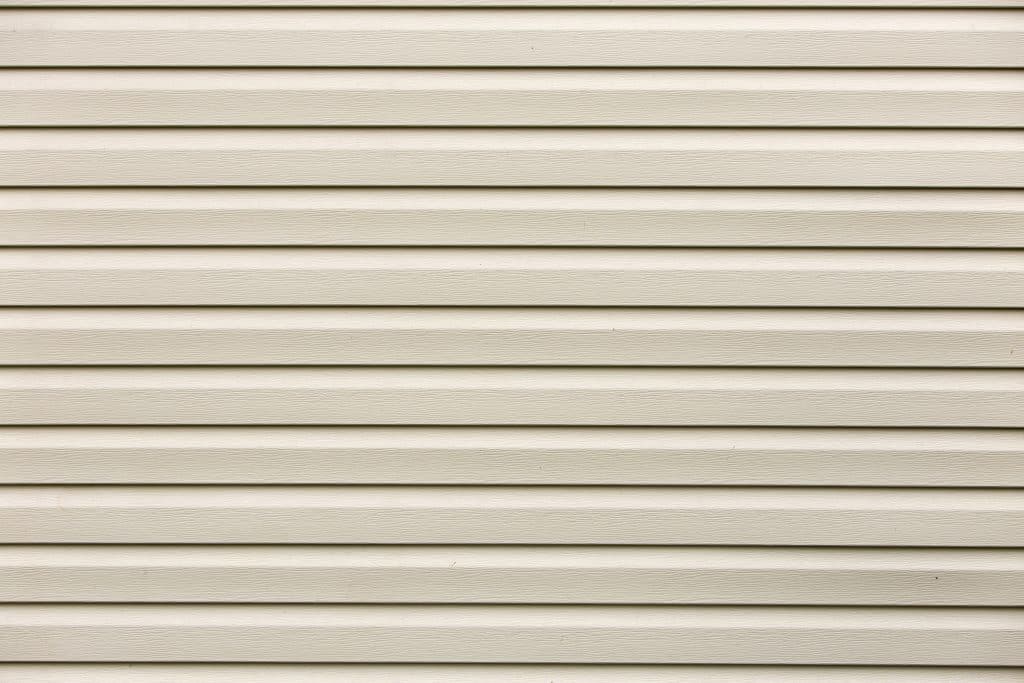
Once you have finished preparing the wall and installing your starter strip, it is time to start attaching the vinyl siding. Use galvanized nails every 12-16 inches along the length of the piece, and make sure that they are not driven too deep, as this could cause splitting or cracking. Start at one corner of the house and ensure that each piece overlaps the previous one to ensure a secure fit.
When attaching vinyl siding around windows or doors, you will need to cut out portions for them and then use J-channel to cover up the edges. This will provide a smooth, finished look and also help prevent rain from coming in around them. Finally, be sure to use corner posts at each of the house’s corners, as these provide additional support for your siding and keep it looking great for years to come.
You’re Ready To Start Replacing Vinyl Siding On Your Home!
Replacing vinyl siding requires careful planning and preparation, but the end result can be well worth the effort. By assessing any damage to your home’s exterior prior to starting, following best practices for removal and installation, and using quality materials, you can ensure that your new siding will provide lasting performance against weather infiltration. With these tips, you can get the job done right and save time, energy, and money.



